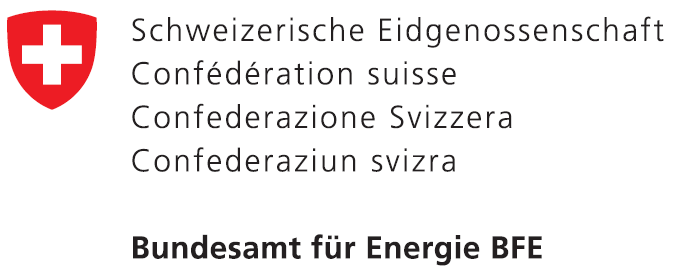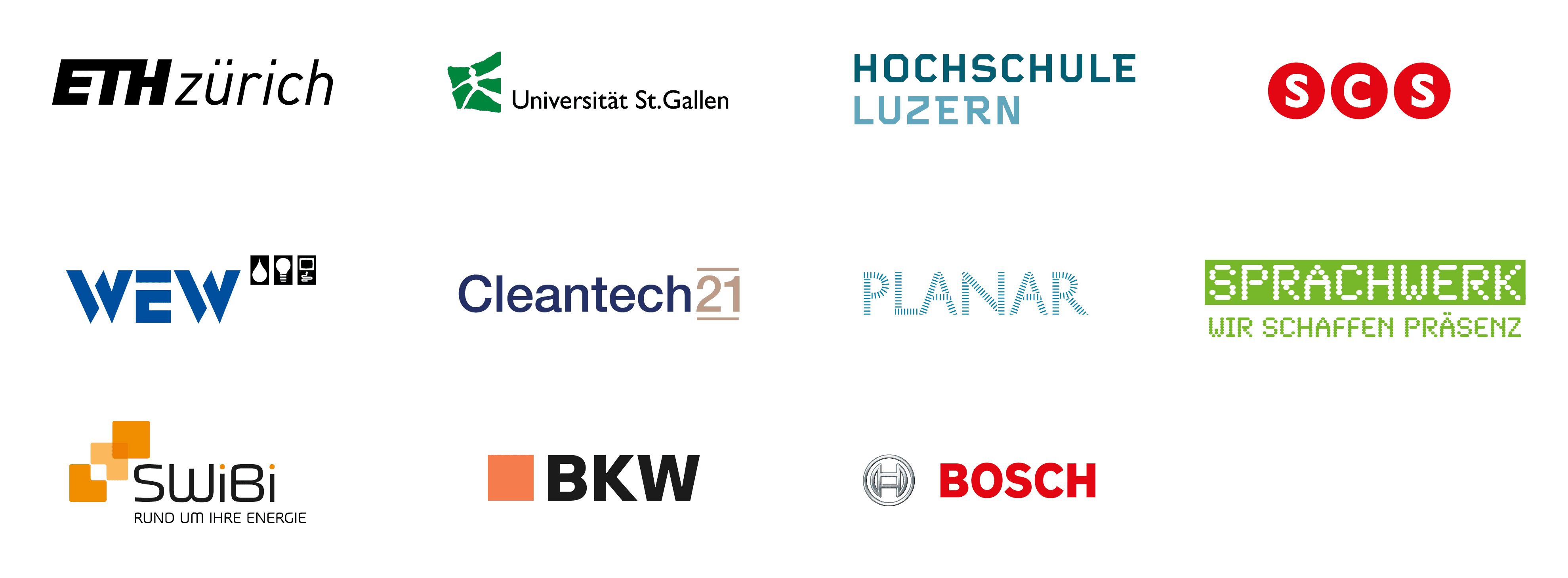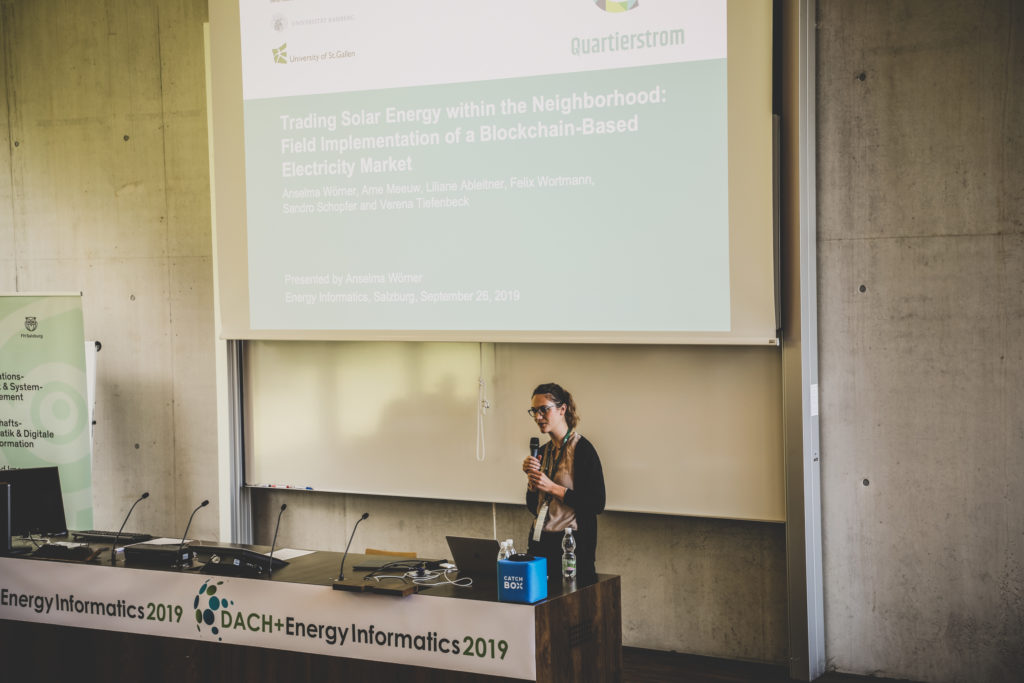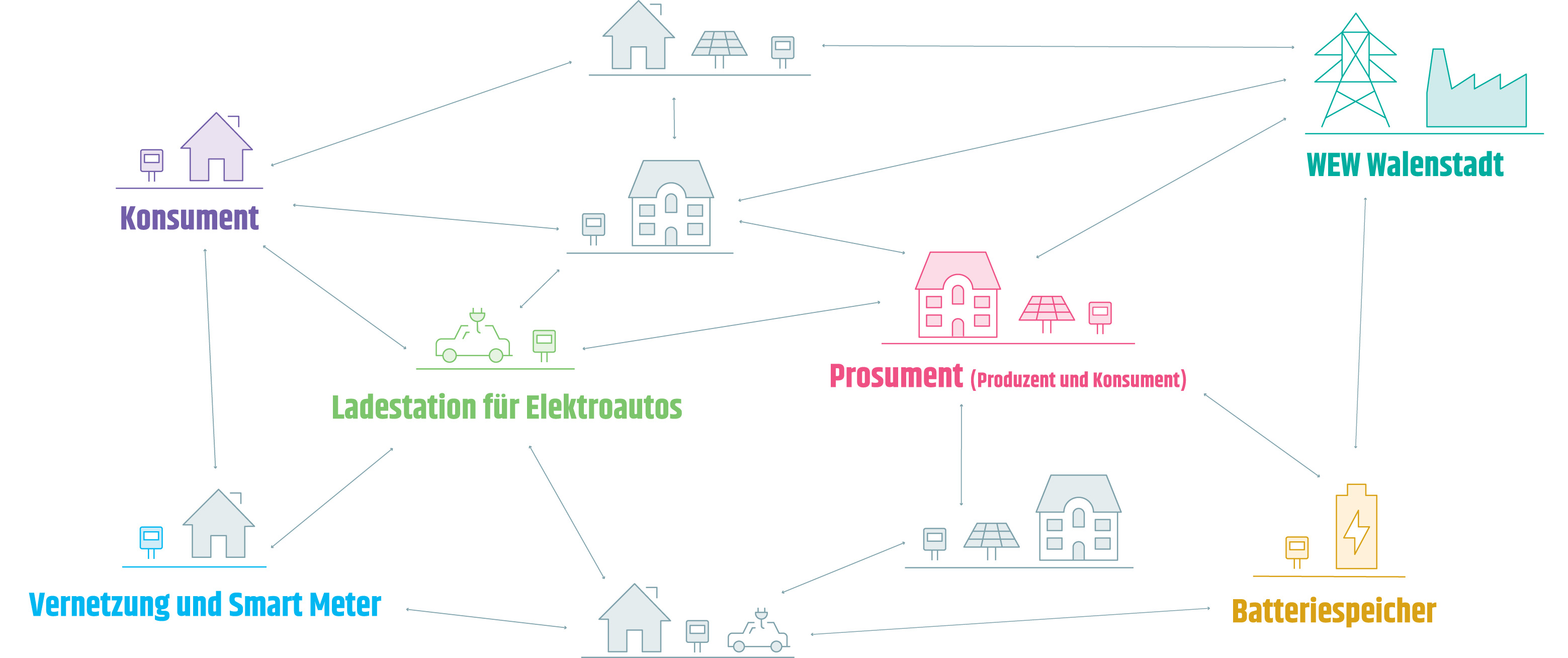
From crypto currency to electricity trading
Blockchains were developed to handle transactions between participants in a network in a tamper-proof manner – directly, without external control or monitoring by a central authority. The technology is familiar from cryptocurrencies, such as Bitcoin or Ether.
Blockchain technology is now also being used for various other applications. In Brooklyn, New York, a local electricity market based on a blockchain is already in operation.
SmartPI – interface from household to blockchain
The blockchain connects all participants to the local electricity market. A SmartPI, an extended Smart Meter, is installed in every household. This device measures power consumption and production, and serves as an interface to the blockchain. Households can communicate with each other and execute transactions via the SmartPI. In addition, the meter can control other devices, such as electric heaters or battery storage systems.
Smart Contracts
Smart Contracts specify how transactions are processed by the blockchain logic. Electricity producers and consumers enter their preferences in an app, so that purchases and sales of electric energy can be processed automatically.
Which blockchain is suitable?
There are now different types of blockchains available (public, consortium, private), which vary in speed, security, privacy and energy efficiency. The project partners are evaluating which type of blockchain is suitable for a local electricity market. They are also developing solutions to ensure data protection. You can read more about this in the concept paper “Privacy-Preserving P2P Energy Market on the Blockchain” or in the blog post “Die Privatsphäre schützen” (in German only).
And what about the energy consumption of the blockchain?
Blockchains distribute a ledger across many computers without relying on a central authority. Since the ledger is distributed, there must be agreement as to whether the existing versions are valid. This task is performed by a consensus algorithm. Depending on the type of blockchain, the operation of this algorithm can consume a lot of electricity. However, there already exist projects and blockchains that validate transactions based on algorithms that consume significantly less energy. Many of these projects already play an important role in the blockchain world. The project team is monitoring these new developments and will integrate them wherever possible.
Responsible parties:
Bosch IoT Lab, University of St. Gallen
University of Lucerne
Supercomputing Systems AG
Bits to Energy Lab, ETH Zurich
Scientific publications
The article “Implementing a blockchain-based local energy market: Insights on communication and scalability” describes how the blockchain-based micronetwork was implemented in Walenstadt, what influence restrictions in hardware and communication infrastructure have on such a micronetwork and how this influences scalability.
A. Meeuw, S. Schopfer, A. Wörner, V. Tiefenbeck, L. Ableitner, E. Fleisch, F. Wortmann: Implementing a blockchain-based local energy market: Insights on communication and scalability, Computer Communikcations 160 (2020) 158-171
How is privacy protected in a peer-to-peer energy market? Challenges and solutions are discussed in the concept paper “Privacy-Preserving P2P Energy Market on the Blockchain“.
 |
Arne Meeuw, University of St. Gallen |
“Blockchain technology provides an ideal environment to build a system based on economic interests. Thanks to the decentralized approach, we can ensure a high level of reliability, efficient coordination of participants, and automation of billing processes.”
Source: Austrian Federal Ministry of Education, Science and Research
Related posts
Scientific publication about Quartierstrom project
What energy exchange projects based on Blockchain are underway or have already been implemented? What ideas are they pursuing and what market mechanism is behind...
Und wenn das Internet ausfällt?
Die Blockchain von Quartierstrom wickelt den Stromhandel übers Internet ab. Was passiert, wenn das Internet nicht funktioniert? Dass ein Netzwerk hin und wieder ausfällt, ist...
Dank Blockchain gegen Systemausfälle abgesichert
Da bei einer Blockchain nicht mehr auf eine zentrale Instanz vertraut werden muss, hat ein solches System auch keinen sogenannten Single Point of Failure mehr...

The Quartierstrom project (2018-2020) was supported by the pilot, demonstration and lighthouse program of the Swiss Federal Office of Energy (SFOE).



